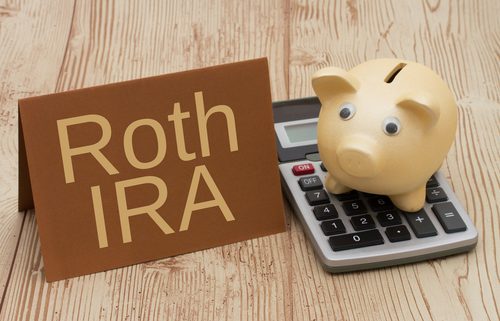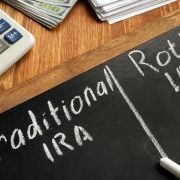How a Self-Directed Roth IRA Helps in Difficult Economic Times
Using a Self-Directed IRA has obvious advantages. For retirement investors, it means they can put away money and anticipate tax benefits—all while investing in the assets they choose. This can include nontraditional retirement assets as far-ranging as precious metals and real estate to tax liens. But what about holding a Self-Directed IRA in difficult economic times? If that is the case for you, you might want to know which investment makes the most sense. And for uncertain economic times, a Self-Directed Roth IRA can be a major asset. Although the contributions you make to the Roth IRA will not be tax-deductible (as these contributions come from after-tax money), that does provide more flexibility for withdrawing funds from a Self-Directed Roth IRA if need be. Here is what every investor should know about having a Roth IRA in difficult economic times.
The Self-Directed Roth IRA: The Basics
Let us start with the basics. As you can learn at our Self-Directed Roth IRA page, there are some unique principles that make up a Roth IRA, whether it’s Self-Directed or not:
- Roth IRAs allow for tax-free earnings on the money you have invested in the account, and no taxation on the withdrawals, since that money is already considered money that has been taxed. That is why you cannot deduct this money from your yearly tax returns—the money you use from your income, for example, is taxed already. Putting it aside in a Roth IRA helps you protect it while growing that money without taxes on the growth.
- Roth IRAs make it easy to access your savings. After all, you have already paid taxes on your contributions. With pre-tax contributions to retirement accounts, you will have to pay taxes and penalties on the money you take out, because this money is considered untaxed as of yet.
- There are income limits for contributing, which may make the Roth IRA unrealistic for people who have income above a certain threshold. It’s important to review your eligibility before you make any big plans about how you’re going to invest your Self-Directed Roth IRA.
- There are no RMDs or required minimum distributions. These RMDs are put in place when retirees hit a certain age so that the government eventually gets the tax money it is owed. However, since Roth IRA investors have paid the taxes upfront, these are no longer an issue—and are therefore not required.
Roth IRAs generally have lower contribution limits than their pretax counterparts, which means that they are often the first-place retirement investors go with their investment money. But how does it work within a Self-Directed IRA?
A Self-Directed Roth IRA’s Unique Benefits in Difficult Economic Times
Let us be clear: a Roth IRA is a Roth IRA, whether you Self-Direct or now. However, Self-Direction will give you more control over your Roth IRA and where the money ends up. For some investors, investing with a Roth IRA means choosing from a select group of mutual funds—there are not many options. But with a Self-Directed Roth IRA, you can put money into real estate, precious metals, tax liens, private notes, and more. As you might imagine, this makes it possible to create an after-tax retirement nest egg that is well-diversified.
With a Self-Directed IRA, the options are up to you. You will get to choose where your money goes.
How does this help in difficult economic times? It means you can not only build a more diversified retirement account, but when you need money, you can take it out of a Self-Directed Roth IRA more easily than you would other types of retirement accounts. This gives you flexibility for a rainy day.
Interested in learning more about Self-Directed IRAs? Contact American IRA, LLC at 866-7500-IRA (472) for a free consultation. Download our free guides or visit us online at www.AmericanIRA.com.










